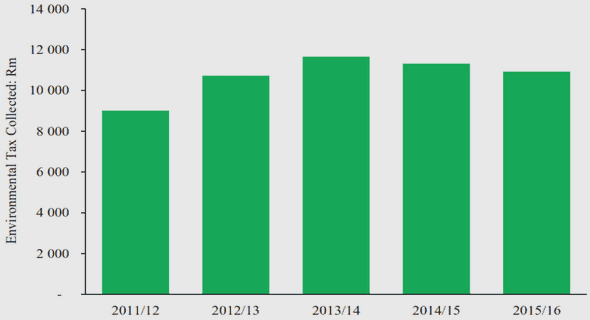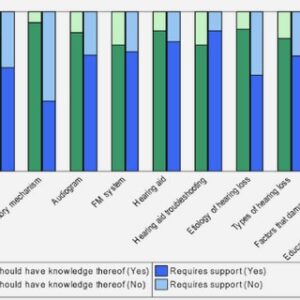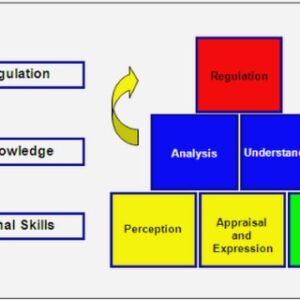(Downloads - 0)
For more info about our services contact : help@bestpfe.com
Table of contents
1. INTRODUCTION
1.1. OVERALL CHALLENGES OF CLIMATE CHANGE
1.2. IMPACTS OF CLIMATE CHANGE
1.2.1. Impacts of climate change in tropical countries
1.3. THE NEED FOR ADAPTATION AND MITIGATION
1.4. AGRICULTURE IN THE CLIMATE CHANGE CONTEXT
1.5. RATIONAL OF COFFEE AGROFORESTRY TO CONTRIBUTE TO ADAPTATION AND FOOD SECURITY IN THE CONTEXT OF CLIMATE CHANGE
1.6. PROBLEM DESCRIPTION
1.7. THEORETICAL AND CONCEPTUAL FRAMEWORK
1.7.1. Disciplinary base: innovation studies and the application of innovation economics in climate change adaptation
1.7.2. Adaptation gaps and adaptive capacity of farmers
1.7.3. Institutional Innovation needs in the agricultural sector to adapt to climate change
1.8. STRUCTURE OF THE THESIS
1.9. PUBLICATIONS
2. METHODOLOGY OF THE STUDY
2.1. AREA OF THE STUDY
2.1.1. Geographical location and climate of the study area
2.1.2. Socio-economic context
2.1.3. Farming systems and types of enterprises
2.1.3.1. Agriculture
2.1.3.2. Agroforestry Diversity and Practice
2.1.4. Institutional setups
2.1.4.1. Meteorological stations
2.1.4.2. Extension, advisory services and microfinance
2.2. FRAMEWORK, DATA AND METHODS
2.2.1. Framework
2.2.2. Sampling design and data
2.2.3. Analytical methods
2.2.3.1. Descriptive analysis
2.2.3.2. Model analysis
3. FARMERS’ PERCEPTIONS OF CLIMATE CHANGE AND HISTORICAL DATA: LINKING EVIDENCE TO SUPPORT ADAPTATION POLICY IN CENTRAL KENYA
ABSTRACT
RESUME
RESUMEN
3.1. INTRODUCTION
3.2. DATA AND METHODS
3.2.1. Profile of the study area
3.2.2. Data sources
Survey data
Historical Meteorological data
3.2.3. Analytical methods
Analysis of farmers’ perception of climate change
Analysis of historical meteorological record
3.3. RESULTS
3.3.1. Farmers’ perception of changes in climate
Changes in rainfall
Changes in temperature
Perception on the effects of the changes
3.3.2. Trend analysis of temperature and rainfall
3.3.3. Complementarity of farmers’ perception and historical data of climate change
3.4. DISCUSSION AND CONCLUSIONS
4. CURRENT CHOICES AND FUTURE NEEDS: FARMERS RESPONDING TO PRESSURES AND THEIR PERCEPTION OF CLIMATE CHANGE IN CENTRAL KENYA
ABSTRACT
RESUME
RESUMEN
4.1. INTRODUCTION
4.2. THE MURANG’A CASE STUDY IN CENTRAL KENYA
4.3. METHODS
4.3.1. Framework and rationale for model development
4.3.2. Data collection
4.3.2.1. Sample
4.3.2.2. Questionnaire
4.3.3. Choice model
4.3.4. Description of explanatory variables
4.4. RESULTS
4.4.1. Defining farming systems
4.4.2. Defining farmers’ choices
Crop management choices
Livestock management choices
Livelihood options
4.4.3. Current economic pressure on the farm; implications of the choices on household income
4.4.4. Determinants of adaptation choices
4.5. DISCUSSION AND CONCLUSIONS
5. THE ROLE OF SYSTEM OF INNOVATION TO BRING NEW FRONTIER OF ADAPTATION TO CLIMATE CHANGE: EVIDENCE FROM THE KENYAN COFFEE AND DAIRY SECTOR
ABSTRACT
RESUME
RESUMEN
5.1. INTRODUCTION
5.2. SECTORAL SYSTEMS OF INNOVATION APPROACH; INNOVATION TO ADAPT TO CLIMATE
CHANGE
5.3. DATA AND METHODS
5.3.1. The climate change context and case description
5.3.2. Methodological approach
Data sources
5.4. RESULTS
5.4.1. Technological and institutional innovation: A case from the coffee sector of Central Kenya
Developing disease resistant coffee varieties
5.4.2. Innovation in the dairy sector: An example from the dairy sector in Central Kenya
Technological innovation
Institutional Innovation in the dairy sector
5.4.3. Comparison of the contributions of actors in the coffee and dairy sectors
5.5. DISCUSSION
6. RESULTS, DISCUSSIONS AND CONCLUSIONS: A SYNTHESIS
6.1. INTRODUCTION
6.2. MAIN FINDINGS
6.3. THEORETICAL CONTRIBUTION
6.3.1. Farm production and farming system economics in the context of climate change adaptation
6.3.2. Approaches and dimensions of innovation: towards a new domain of economics of adaptation
6.3.3. Institutional infrastructure: need towards adaptation process
6.4. METHODOLOGICAL IMPLICATION
6.4.1. Analysis of climate change knowledge: triangulation of information and methods
6.4.2. Sectoral analysis of adaptation to climate change
6.5. CONTRIBUTION TO LEARNING, INNOVATION AND RESEARCH PROCESS
6.5.1. Climate change knowledge: farmers and scientists perspective
6.5.2. Advancement in the innovation process to adapt to climate change
6.5.3. Research process in climate change adaptation and farmers adaptive capacity
6.6. IMPLICATION FOR POLICY DEVELOPMENT
6.6.1. Farming system based decisions
6.6.2. Research on system of innovation for climate change adaptation
6.6.3. Input to policy on international agreements and negotiations
6.7. FUTURE RESEARCH
7. REFERENCES



